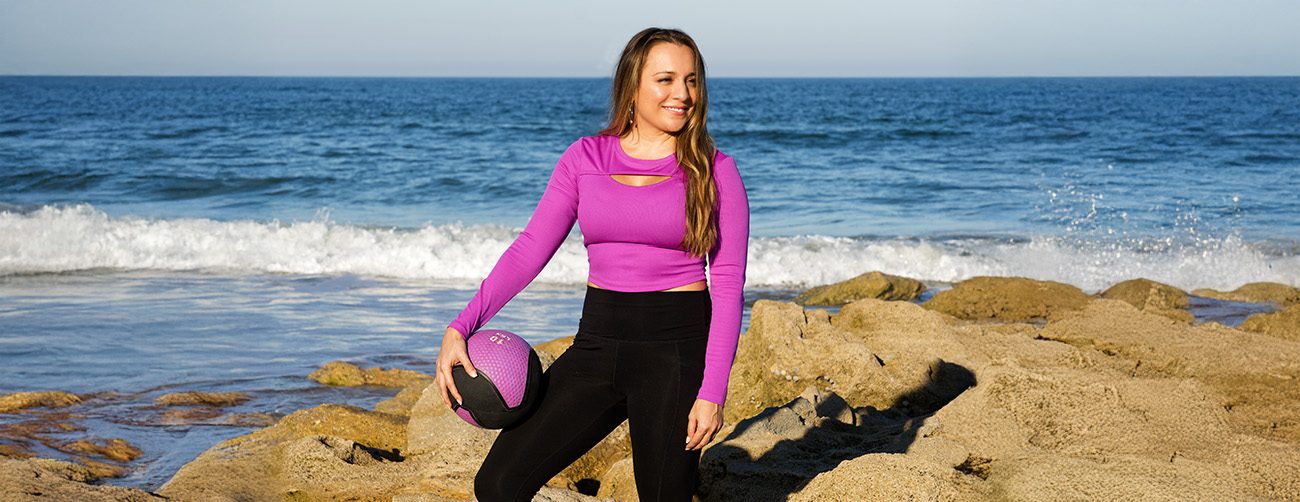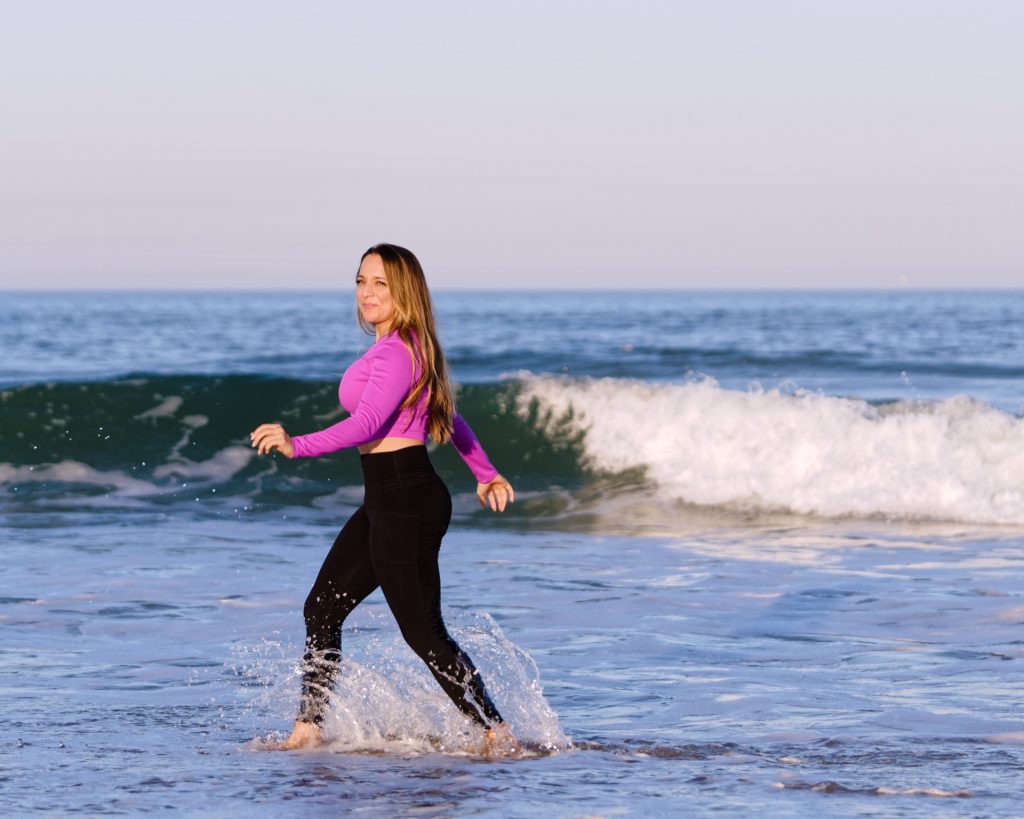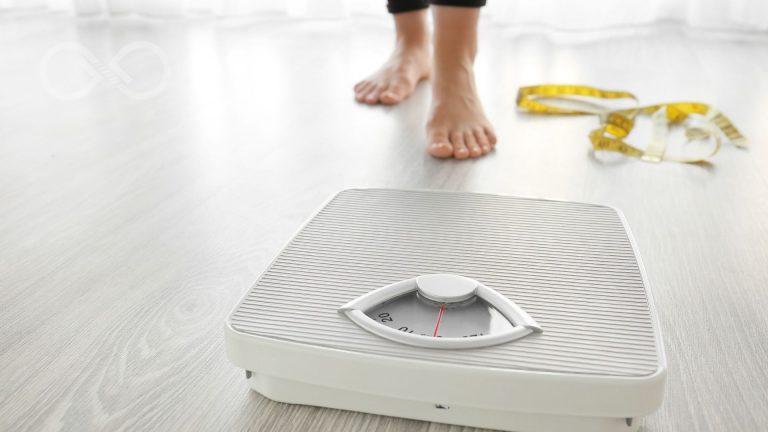Hearing your doctor say, “You have high cholesterol,” can feel like stepping into an unfamiliar world without a map. Questions swirl in your mind: What does this mean for your health? How did this happen? And most importantly, what can you do about it?
Often, the diagnosis comes with little guidance beyond “eat better and exercise more.” But what does that actually look like in practice? The uncertainty can be overwhelming, but understanding cholesterol and how lifestyle changes impact it is the first step to regaining control.
Understanding Cholesterol: The Good, the Bad, and the Balancing Act
Cholesterol isn’t inherently bad—it’s a waxy, fat-like substance your body needs to build cells and produce hormones. However, there are two key types to understand:
- LDL Cholesterol (Low-Density Lipoprotein): Often called “bad cholesterol,” LDL can build up on the walls of your arteries, forming plaque. Over time, this plaque can narrow or block your arteries, increasing the risk of heart attack or stroke.
- HDL Cholesterol (High-Density Lipoprotein): Known as “good cholesterol,” HDL helps remove excess cholesterol from your bloodstream, transporting it to your liver for disposal. Higher levels of HDL are associated with a lower risk of heart disease.
- When your doctor says you have high cholesterol, it usually means your LDL is too high, your HDL is too low, or a combination of both. Understanding this balance is crucial because it empowers you to take targeted action.
The Role of Nutrition and Activity
The good news is that lifestyle changes can significantly impact your cholesterol levels, often more effectively than medications alone. Here’s how:
1. Nutrition: Food as Medicine
Making better food choices can help lower LDL and increase HDL:
- Increase Soluble Fiber: Foods like oats, beans, lentils, fruits, and vegetables help bind cholesterol in your digestive system and remove it from your body.
- Focus on Healthy Fats: Replace saturated and trans fats with unsaturated fats found in avocados, olive oil, nuts, and fatty fish like salmon or mackerel.
- Limit Processed Foods: Cut back on sugary snacks and fried foods, which can contribute to inflammation and worsen cholesterol levels.
- Incorporate Plant Sterols and Stanols: These compounds, found in some fortified foods, can help block cholesterol absorption.
2. Physical Activity: Moving Toward Health
Exercise is a powerful tool for managing cholesterol:
- Boosting HDL: Regular physical activity raises your good cholesterol, giving your body the help it needs to transport and eliminate excess LDL.
- Lowering LDL and Triglycerides: Moderate to vigorous cardio, like walking, biking, or swimming, helps reduce bad cholesterol and other harmful blood fats.
- Strength Training: Building muscle through resistance training supports metabolic health, which indirectly benefits cholesterol balance.
3. The Synergy of Diet and Exercise
When combined, these lifestyle changes create a ripple effect. Better nutrition fuels your body for exercise, while regular activity improves how your body processes and utilizes the nutrients you consume.
Take the First Step
Facing a high cholesterol diagnosis can be daunting, but it’s also an opportunity to take charge of your health. You’re not alone, and you don’t have to navigate this journey without support. By understanding the difference between HDL and LDL cholesterol and implementing simple changes to your diet and exercise routine, you can make significant strides toward better heart health.
Start small. Swap out fried foods for baked options, take a 30-minute walk each day, and focus on foods that nourish your body. Every positive choice brings you closer to balanced cholesterol and a healthier, more vibrant life.
Below is a 6-day meal plan specifically designed for 3-day meal prep intervals. This structure helps you cook in batches twice per week (for example, on Sunday and Wednesday) while still offering healthy, cholesterol-friendly variety. Each recipe emphasizes heart-healthy ingredients (lean proteins, whole grains, fiber-rich produce, and healthy fats) to help improve your LDL/HDL balance.
General Tips for 3-Day Meal Prep
- Choose Versatile Proteins: Lean chicken, turkey, fish, and plant-based proteins (beans, tofu, etc.) can be cooked in large batches and used across several meals.
- Cook Grains in Bulk: Prepare a large pot of quinoa, brown rice, or farro so you can portion it out for lunches and dinners.
- Roast Veggies Together: Roast an assortment of veggies (broccoli, bell peppers, zucchini, carrots, Brussels sprouts) on sheet pans at the same time to save energy and time.
- Invest in Quality Containers: Air-tight containers keep meals fresher. Label them with the day/meal for easy grab-and-go.
- Keep Snacks Simple: Prep grab-and-go snacks—like individual nut butter packets, portioned-out nuts, or cut-up veggies with hummus—to satisfy hunger without derailing your plan.
Meal Plan Overview
- Prep Session 1: Covers Days 1, 2, and 3
- Prep Session 2: Covers Days 4, 5, and 6
(If you need a 7th day, use leftovers or plan a simple meal out.)
Days 1–3 (Prep Session 1)
Breakfast: Overnight Oats with Berries (3 Servings)
- How to Prep (Sunday):
- In three mason jars or containers, combine:
- ½ cup old-fashioned oats
- 1 tablespoon chia seeds (optional, for extra fiber)
- ½ cup low-fat milk or a non-dairy alternative (almond, soy, oat)
- A handful of mixed berries (fresh or frozen)
- Drizzle of honey or maple syrup (optional)
- Stir, cover, and refrigerate for up to three days.
- In three mason jars or containers, combine:
- Serving Suggestion: Top with sliced almonds or walnuts in the morning for extra crunch and heart-healthy fats.
Lunch: Chicken, Sweet Potatoes, and Broccoli (3 Servings)
- How to Prep (Sunday):
- Chicken
- Season 3–4 boneless, skinless chicken breasts with salt, pepper, garlic powder, and a pinch of paprika.
- Bake at 400°F (200°C) for 20–25 minutes or until the internal temperature reaches 165°F (75°C).
- Sweet Potatoes
- Wash and cube 2–3 sweet potatoes.
- Toss with olive oil, salt, pepper, and rosemary (optional).
- Roast on a sheet pan at 400°F (200°C) for 25–30 minutes, flipping halfway.
- Broccoli
- Chop 2–3 heads of broccoli into florets.
- Toss with olive oil, salt, and pepper.
- You can roast them simultaneously with the sweet potatoes (on a separate pan or half of the same pan) for about 20–25 minutes.
- Chicken
- Portioning: Divide chicken, sweet potatoes, and broccoli into three containers. Store in the fridge for up to four days (consume by Day 3).
Dinner: Turkey & Bean Chili (3 Servings)
- How to Prep (Sunday):
- In a large pot, sauté 1 diced onion and 2 minced garlic cloves in 1 tablespoon of olive oil until translucent.
- Add 1 pound of lean ground turkey and cook until browned.
- Stir in:
- 1 can (14.5 oz) diced tomatoes (low-sodium if possible)
- 1 can (15 oz) kidney beans or black beans (drained and rinsed)
- 2 cups low-sodium chicken broth (adjust based on desired thickness)
- 1 tablespoon chili powder, 1 teaspoon cumin, salt, and pepper to taste
- Simmer for 20–25 minutes.
- Portioning: Ladle chili into three containers. Let cool before sealing.
- Serving Idea: Serve with a small portion of brown rice or top with diced avocado for healthy fats.
Snacks (Days 1–3)
- Hard-Boiled Eggs: Boil a batch of 4–6 eggs to have on hand.
- Fruit & Nut Butter: Apple or banana slices with 1 tablespoon of almond/peanut butter.
- Greek Yogurt: Top with a teaspoon of honey or fresh fruit for a protein boost.
- Protein Shake: with water, almond or oatmilk
Days 4–6 (Prep Session 2)
Breakfast: Egg Muffins with Veggies (3 Servings)
- How to Prep (Wednesday):
- Preheat oven to 350°F (180°C).
- Whisk 6–8 eggs in a bowl with a pinch of salt and pepper.
- Stir in chopped spinach, diced bell peppers, and a handful of shredded low-fat cheese (optional).
- Grease a 6-cup muffin tin or use silicone liners, then pour the mixture in, filling each cup about ¾ full.
- Bake for 15–20 minutes or until the eggs are set.
- Portioning: You’ll get about 6 egg muffins total. Have 2 muffins each morning. Store in an airtight container in the fridge.
Lunch: Salmon with Quinoa & Roasted Veggies (3 Servings)
- How to Prep (Wednesday):
- Salmon
- Season 3 salmon fillets (about 4–6 oz each) with lemon juice, garlic powder, salt, and pepper.
- Bake at 400°F (200°C) for 12–15 minutes (depending on thickness) or until the fish flakes easily with a fork.
- Quinoa
- Rinse 1½ cups quinoa.
- Cook according to package instructions (usually 1 part quinoa to 2 parts water/broth, simmer for ~15 minutes).
- Roasted Veggies
- Choose a mix of bell peppers, zucchini, and onion.
- Drizzle with olive oil, salt, pepper, and your favorite herbs.
- Roast at 400°F (200°C) for about 20 minutes, turning once.
- Salmon
- Portioning: Divide quinoa, roasted veggies, and salmon into three containers.
Dinner: Chicken & Vegetable Stir-Fry with Brown Rice (3 Servings)
- How to Prep (Wednesday):
- Chicken
- Slice 1 pound of chicken breast into strips.
- In a hot pan/wok with 1 tablespoon of sesame or olive oil, cook chicken until browned and fully cooked (internal temp 165°F / 75°C). Remove and set aside.
- Veggies
- Slice/dice a mix of carrots, bell peppers, onions, mushrooms, and broccoli.
- Stir-fry in the same pan with garlic and ginger (optional) for 4–5 minutes until crisp-tender.
- Sauce
- Combine low-sodium soy sauce (or tamari), a splash of rice vinegar, a small amount of honey, and cornstarch (optional for thickening).
- Pour over the vegetables, add the chicken back, and simmer for 1–2 minutes.
- Brown Rice
- Cook 1½ cups of dry brown rice according to package instructions.
- Chicken
- Portioning: Divide stir-fry and rice into three containers.
Snacks (Days 4–6)
- Veggies with Hummus: Carrot sticks, celery, or cucumber slices.
- Mixed Nuts: Pre-portion into ¼-cup servings.
- Low-Fat Cottage Cheese or Greek Yogurt: Top with berries, seeds, or a light drizzle of honey.
Storage & Reheating Tips
- Refrigerate Promptly: Cool cooked foods before sealing in airtight containers. Store in the fridge and aim to consume within 3–4 days.
- Reheat Gently: Use the microwave or stovetop. Add a splash of water or broth to prevent dryness in dishes like quinoa or stir-fry.
- Check for Freshness: If something smells or looks off, discard it.
Possible Day 7 Ideas
- Use Leftovers: Create a “Buddha bowl” by mixing remaining proteins, veggies, and grains.
- Grab a Rotisserie Chicken: Pair with steamed veggies and whole-grain rolls for a quick meal.
- Lean Turkey Burgers: Grill or pan-sear turkey patties and serve on whole-grain buns with roasted veggies.
Final Thoughts
By cooking in two major batches each week, you’ll save time, reduce stress, and set yourself up for cholesterol-friendly meals on busy days. The focus on lean proteins, whole grains, high-fiber produce, and minimal saturated fats helps balance LDL and HDL levels. Feel free to mix and match flavors or swap in your favorite vegetables to keep things interesting over the long term.
Enjoy your meal prep journey—and here’s to healthier cholesterol levels!




